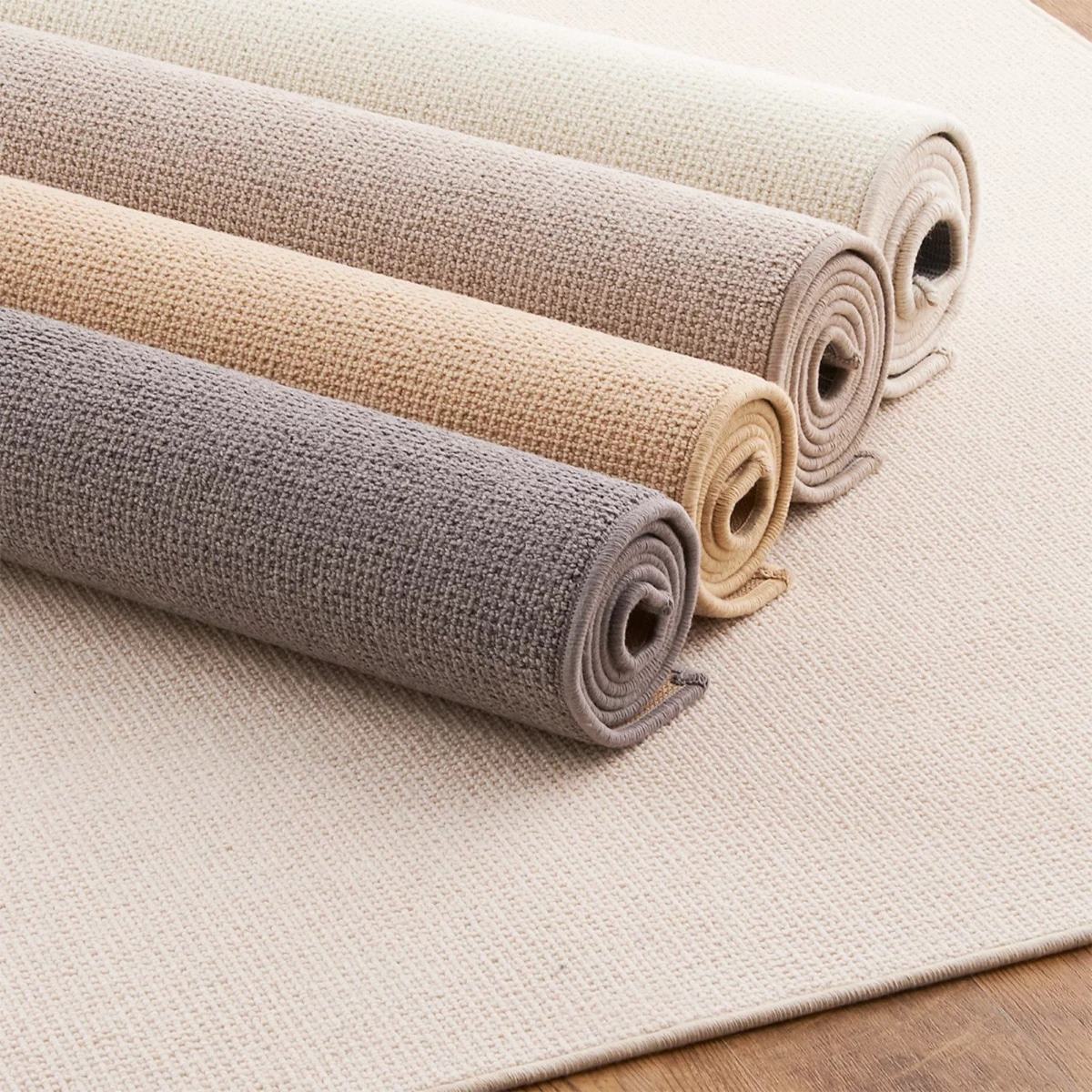

Articles
How To Store Rugs In Storage
Modified: February 22, 2024
Learn how to properly store your rugs in storage with these helpful articles. Keep your rugs in great condition and protect them from damage.
(Many of the links in this article redirect to a specific reviewed product. Your purchase of these products through affiliate links helps to generate commission for Storables.com, at no extra cost. Learn more)
Introduction
Welcome to the world of rugs, where beauty and functionality intertwine to create exquisite pieces of art for your home. Whether you have a precious oriental rug passed down through generations or a modern area rug that ties your room together, properly storing your rugs when not in use is crucial to their longevity and maintaining their pristine condition.
Many factors can contribute to the need for rug storage. Perhaps you are moving to a new home, undergoing renovations, or simply rotating your rugs seasonally to change up your home decor. Regardless of the reason, proper rug storage is essential to ensure your investment is protected from damage, such as stains, fading, mold, or pest infestation.
In this article, we will guide you through the process of storing your rugs in the most effective and efficient way possible. From choosing the right storage space to cleaning and preparing the rugs, and from rolling or folding techniques to protecting them from pests and environmental factors, we will cover it all.
So, let’s dive in and explore the best practices for storing your rugs, ensuring their beauty and quality remain intact until the next time they embellish your floors.
Key Takeaways:
- Proper rug storage involves choosing a clean, dry, and climate-controlled space, cleaning and preparing the rugs thoroughly, and wrapping them in protective materials to prevent damage from pests and environmental factors.
- Whether stored in a climate-controlled or non-climate-controlled environment, regular inspection, maintenance, and careful retrieval and unpacking are essential to preserve the quality and longevity of rugs.
Read more: How To Store Rugs
Choosing the Right Storage Space
When it comes to storing your rugs, selecting the right storage space is crucial. The ideal storage area should provide a clean, dry, and climate-controlled environment to protect your rugs from moisture, humidity, and extreme temperature fluctuations. Here are a few considerations when choosing your storage space:
- Cleanliness: Ensure the storage space is clean and free from dust, mold, and pests. Clean the area thoroughly before placing your rugs inside.
- Dryness: Moisture is the enemy of rugs as it can lead to mold and mildew growth. Choose a storage space with proper ventilation to minimize humidity levels.
- Climate Control: If possible, opt for a storage unit with climate control features. This will help maintain a stable temperature and humidity level, preventing damage caused by extreme weather conditions.
- Security: Ensure the storage facility has proper security measures in place to protect against theft or damage.
- Size: Consider the size of your rugs and the available space in the storage area. Make sure there is enough room to store your rugs without folding or squeezing them tightly.
- Accessibility: Choose a storage space that allows easy access whenever you need to retrieve your rugs. This will reduce the risk of potential damage during the retrieval process.
If you don’t have access to a climate-controlled storage unit, you can still store your rugs successfully. Just ensure that the storage area is well-sealed and follow the additional precautions we will discuss in the upcoming sections.
Remember, choosing the right storage space is the first step towards preserving the quality and appearance of your rugs. Take your time to find the most suitable location, and you’ll have peace of mind knowing your rugs are stored in an ideal environment.
Cleaning and Preparing the Rug for Storage
Before storing your rugs, it’s crucial to thoroughly clean and prepare them to prevent any dirt, stains, or odors from setting in and potentially causing permanent damage during storage. Follow these steps to ensure your rugs are ready for safe and long-term storage:
- Inspect for Damage: Begin by carefully inspecting your rug for any signs of damage, such as loose threads, tears, or moth damage. If you discover any issues, consider getting them repaired before storing the rug.
- Vacuum: Use a vacuum cleaner with a brush attachment to gently remove any loose dirt, dust, or debris from the rug’s surface. Vacuum both sides of the rug to ensure a thorough cleaning.
- Spot Clean: If there are any visible stains or spills on the rug, treat them immediately using a mild detergent or a carpet stain remover. Follow the manufacturer’s instructions and test the cleaning solution on a small, inconspicuous area of the rug first to avoid any potential damage.
- Deep Cleaning: Consider getting your rugs professionally cleaned before storing them, especially if it has been a while since their last deep cleaning. Professional cleaning will help remove any deep-seated dirt and restore the rug’s freshness.
- Ensure Completely Dry: Before storing, it’s crucial to ensure that your rug is completely dry. Moisture or dampness can lead to mold and mildew growth during storage. Hang the rug outdoors or use a fan to expedite the drying process if needed.
By following these cleaning steps, you’ll ensure that your rugs are free from dirt, stains, and unwanted odors, reducing the likelihood of any damage that could occur during storage. Once your rugs are clean and dry, you’re ready to move on to the next step: deciding whether to roll or fold them for storage.
Rolling vs. Folding Rugs
When it comes to storing rugs, the debate between rolling and folding has been a long-standing one. Both methods have their advantages and disadvantages, so let’s explore them to help you make an informed decision:
Rolling Rugs:
Rolling rugs is a popular method for storing larger area rugs or thin, delicate rugs. Here are the key benefits of rolling:
- Preserves Rug Shape: Rolling rugs helps maintain their original shape and prevents creases or folds that may be difficult to remove later.
- Conserves Space: Rolled rugs usually take up less space compared to folded ones, making them ideal for compact storage areas.
- Easier Handling: Rolled rugs are generally easier to handle and transport, especially if you need to move them frequently or retrieve them from storage.
To roll a rug, follow these steps:
- Start by vacuuming and cleaning the rug as mentioned earlier.
- Roll the rug tightly but not too tightly to avoid putting excessive pressure on the fibers. Avoid folding the rug as you roll.
- Secure the rolled rug with straps or twine to keep it in place.
- Label the rug with the necessary details, such as its size and type, for easy identification when retrieving it later.
Read more: How To Store A Rug
Folding Rugs:
Folding rugs is a suitable method for smaller or thicker rugs that cannot be easily rolled. Here are the advantages of folding:
- Convenience: Folding rugs can be quicker and more convenient than rolling, especially for rugs that are too thick or stiff to roll effectively.
- Even Weight Distribution: Folding the rug allows for even weight distribution, which can help prevent any potential damage caused by pressure points.
- Easier Storage for Smaller Spaces: If you have limited storage space, folding the rug can be a space-saving option.
To fold a rug, follow these steps:
- Clean and prepare the rug for storage as mentioned earlier.
- Begin folding the rug by bringing one end towards the center, and then repeat with the other end.
- Continue folding the rug in a way that allows it to fit comfortably in your desired storage space. Avoid creasing the rug excessively.
- Secure the folded rug with straps or twine to keep it in place.
- Label the rug with relevant details, such as its size and type, to easily identify it later.
Whether you choose to roll or fold your rugs, remember to handle them with care to prevent any unnecessary damage. Now that your rugs are prepared, wrapped, and ready for storage, let’s move on to the next section – protecting them from potential hazards and environmental factors.
Wrapping and Protecting the Rug
After cleaning and preparing your rugs for storage, the next step is to properly wrap and protect them to ensure they remain in pristine condition throughout their time in storage. Taking the appropriate measures to protect against dust, moisture, and physical damage will help prolong the life of your rugs. Here’s how to wrap and protect your rugs:
- Wrap in Acid-Free Paper: To provide an extra layer of protection, wrap your rugs in acid-free paper. This type of paper is free from chemicals that can potentially harm the rug’s fibers over time. Be sure to wrap the rug completely, covering all sides.
- Consider Plastic Wrap: For additional moisture protection, you can opt to wrap the rug in plastic before using the acid-free paper. However, avoid using regular plastic wrap directly against the rug, as it can trap moisture and cause mold or mildew growth. Instead, use plastic sheets or a rug storage bag designed specifically for this purpose.
- Avoid Vacuum-Sealed Bags: While vacuum-sealed bags may seem like a good idea to save space, they can compress the rug and cause permanent damage. The lack of airflow can lead to mold or mildew growth as well. It’s best to opt for breathable materials that allow the rugs to “breathe” while in storage.
- Pad the Rug: If the storage space is prone to heavy foot traffic or potential impacts, consider adding padding or cushioning material around the wrapped rug to absorb any physical shock.
- Elevate from the Floor: Place your wrapped rug on a raised platform or pallet to keep it off the floor. This helps prevent moisture seepage and potential damage from pests.
Remember to label each wrapped rug with clear identification, including its size, type, and any other relevant information. This will make it easier to locate specific rugs when you need to retrieve them from storage.
By properly wrapping and protecting your rugs, you are safeguarding them against potential damage and ensuring they remain in exceptional condition until you’re ready to use them again.
Storing Rugs in a Climate-Controlled Environment
Storing rugs in a climate-controlled environment is the ideal option for ensuring their long-term preservation. Climate-controlled storage spaces maintain a constant temperature and humidity level, which helps prevent damage caused by extreme weather conditions. Here are some important considerations when storing your rugs in a climate-controlled environment:
1. Find a reputable storage facility: Look for a storage facility that offers climate-controlled units. Verify that their climate control system is well-maintained and regularly monitored.
2. Choose the right storage containers: Instead of storing your rugs directly on the floor or shelves, use storage containers or pallets to elevate them. This provides additional protection against moisture and pests.
3. Use breathable materials: Opt for breathable storage materials such as cotton sheets or muslin fabric to cover your rugs. This allows air circulation and prevents condensation from forming on the rug’s surface.
4. Avoid direct sunlight: Position the storage containers away from windows or other sources of direct sunlight. Sunlight can cause fading and deterioration of the rug’s colors over time.
5. Maintain proper ventilation: Ensure that there is adequate airflow in the storage area. This helps prevent the buildup of stale air and minimizes the risk of mold or mildew growth.
6. Regularly monitor the storage conditions: Check the storage space periodically to ensure the temperature and humidity levels remain stable. If you notice any drastic changes, adjust the climate control settings or consult the storage facility management.
7. Consider using a dehumidifier: In areas with high humidity levels, using a dehumidifier inside the storage unit can help maintain the optimal moisture level for your rugs.
8. Inspect the rugs periodically: Visit the storage unit occasionally to inspect your rugs. Look for any signs of moisture, pests, or damage. If necessary, take appropriate action to address these issues promptly.
Storing your rugs in a climate-controlled environment provides the best protection against temperature and humidity fluctuations that can cause irreversible damage to the fibers and colors. While climate-controlled storage may come at a higher cost, it is a worthwhile investment to ensure the longevity of your rugs.
Storing Rugs in a Non-Climate-Controlled Environment
While storing rugs in a climate-controlled environment is preferred, sometimes it may not be possible or feasible. However, with careful planning and proper precautions, you can still store your rugs in a non-climate-controlled environment. Here are some essential tips to keep in mind:
1. Clean and prepare the rugs: Before storing your rugs, ensure they are thoroughly cleaned and completely dry. Any dirt, stains, or moisture left on the rugs can lead to mold or mildew growth during storage.
2. Wrap the rugs effectively: Properly wrap your rugs in acid-free paper to protect them from dust and dirt. Add an additional layer of plastic or use a rug storage bag to repel moisture, but avoid using regular plastic directly against the rugs.
3. Elevate the rugs: Place your rugs on raised platforms to keep them off the floor. This helps prevent potential moisture seepage and minimizes the risk of damage from pests.
4. Consider insulation: Insulate the storage area to maintain a more stable temperature. Use insulating materials such as foam panels or reflective insulation to help regulate temperature fluctuations.
5. Moisture control: Use moisture-absorbing products, such as silica gel packets or moisture-absorbing crystals, to minimize excess moisture in the storage area. Replace these products regularly to ensure their effectiveness.
6. Avoid extreme temperatures: In non-climate-controlled environments, try to avoid storing your rugs in areas prone to extreme temperature swings. Extremely hot or cold temperatures can cause fibers to weaken and colors to fade.
7. Adequate ventilation: Ensure the storage area has sufficient airflow to prevent the accumulation of stagnant air. This helps reduce the risk of mold or mildew growth on your rugs.
8. Regular inspections: Visit the storage area periodically to inspect your rugs. Look for any signs of pests, mold, or other damage. Promptly address any issues that arise.
While storing rugs in a non-climate-controlled environment presents additional challenges, taking these precautions will help safeguard your rugs to some extent. However, it’s important to note that non-climate-controlled storage is not suitable for long-term storage, especially for delicate or valuable rugs. If possible, consider alternative options or seek professional storage services for optimal rug preservation.
When storing rugs in a storage unit, roll them instead of folding to avoid creases. Use acid-free paper or fabric to wrap the rolled rug for protection.
Read more: How To Store An Oriental Rug
Preventing Pest Infestation in Rug Storage
Pests such as moths, carpet beetles, and silverfish can wreak havoc on your stored rugs if proper precautions are not taken. These insects are attracted to natural fibers like wool and silk, which are commonly found in rugs. To prevent pest infestation in your rug storage, follow these preventive measures:
1. Clean the rugs thoroughly: Before storing your rugs, ensure they are free from any food particles, pet hair, or other debris that may attract pests. Vacuum both sides of the rugs and use a crevice tool to clean along the edges and corners.
2. Use deterrents: Consider using natural pest deterrents such as cedar chips or lavender sachets. These can help repel moths and other pests that may be attracted to the rugs. Place them in the storage area or wrap them within the rug during storage.
3. Inspect for pests: Before storing your rugs, closely inspect them for any signs of pests. Look for moth cocoons, larvae, or visible damage caused by pests. If you spot any signs of infestation, take immediate action to address the issue before storing the rugs.
4. Freeze or heat-treat: If you suspect or have had previous pest issues, consider freezing or heat-treating the rugs before storing them. Freezing the rugs for a few days or exposing them to high heat can kill any eggs or larvae that may be present.
5. Wrap with pest-resistant materials: In addition to acid-free paper or plastic wrap, you can use materials that are known to repel pests. For example, wool rugs can be wrapped in burlap, which is believed to deter moth activity.
6. Use airtight containers: If your storage space allows, use airtight containers or vacuum-sealed bags to store your rugs. This prevents pest access and minimizes the chance of infestation.
7. Regularly inspect and ventilate: Visit your rug storage area periodically to check for any signs of pests. Open the containers or bags to provide ventilation and for visual inspection. If infestation is detected, take immediate action to address the issue before it spreads.
8. Seek professional assistance: If you are dealing with a severe pest problem or have valuable rugs that require extra care, consider consulting a professional pest control or rug restoration service. They can provide specialized treatments to eliminate pests and preserve your rugs.
By implementing these preventive measures, you can significantly reduce the risk of pest infestation and protect your rugs during storage. Keep in mind that regular monitoring and maintenance are essential to ensure the long-term integrity of your stored rugs.
Checking and Maintaining Stored Rugs
While your rugs are in storage, it’s important to periodically check and maintain them to ensure they remain in good condition. Regular inspections and proper care will help preserve the quality and longevity of your stored rugs. Here are some essential steps to follow:
1. Scheduled inspections: Set a schedule to inspect your stored rugs at regular intervals. Depending on the storage conditions and the specific rug, you may want to check them every six months or once a year. This allows you to catch any issues early on.
2. Check for pest activity: Look for any signs of pests, including droppings, webs, or damage to the rug fibers. If you find any indications of infestation, take immediate action to address the issue and prevent further damage.
3. Monitor for moisture or mold: Check for signs of dampness or mold growth on the rugs. This is particularly important in non-climate-controlled storage environments. If you find any moisture or mold, take the necessary steps to dry or treat the rugs immediately.
4. Inspect for damage: Carefully examine the rugs for any signs of damage, such as holes, tears, or discoloration. If you notice any issues, consider seeking professional rug repair services to address them before the damage worsens.
5. Rearrange and air out: Periodically rearrange the stored rugs to minimize the risk of permanent creases or uneven wear. Use this opportunity to air out the rugs and promote ventilation, especially if they are stored in containers or bags.
6. Keep the storage area clean: Maintain cleanliness in the storage area, regularly removing any dust or debris that may have accumulated over time. A clean storage environment helps prevent particles from settling on the rugs.
7. Store rugs away from potential hazards: Ensure that stored rugs are kept away from any potential hazards, such as sharp objects, liquids, or stored materials that may accidentally cause damage to the rugs.
8. Take note of changes: Whenever you inspect your stored rugs, make a note of any changes or observations. This will help you keep track of the condition of each rug and any necessary maintenance or repairs.
By following these steps and maintaining a regular schedule of inspections, you can identify and address any issues promptly, ensuring your stored rugs remain in optimal condition until you are ready to use them again.
Tips for Retrieving and Unpacking Stored Rugs
When the time comes to retrieve and unpack your stored rugs, it’s important to do so with care to prevent any damage or mishaps. Follow these tips to ensure a smooth and successful retrieval process:
1. Plan ahead: Before retrieving your rugs, assess the storage area and plan your approach. Determine the order in which you will retrieve the rugs to minimize any unnecessary movement or shifting of other stored items.
2. Gather necessary tools: Have the appropriate tools ready, such as gloves and a dustpan or vacuum cleaner, to handle any dust or debris that may have accumulated on the rugs during storage.
3. Inspect for any signs of pests or damage: Before removing the rugs from storage, inspect them for any signs of pests or damage. If you detect any issues, take necessary precautions or seek professional assistance to address them.
4. Clear a clean and open space: Clear a designated area where you can unroll or unfold the rugs, ensuring there is enough space to handle and assess each rug without any obstacles or potential hazards.
5. Unroll or unfold with caution: Carefully unroll or unfold each rug, taking care to avoid tearing or damaging the fibers. Avoid forcing any creases or folds that may have formed during storage, as this can lead to permanent damage.
6. Inspect and clean: Once the rug is fully unfolded or unrolled, inspect it for any signs of dirt, dust, or stains that may have accumulated. Gently vacuum or spot clean, following proper cleaning techniques mentioned earlier, if necessary.
7. Allow rugs to acclimate: If the rugs were stored in a climate-controlled environment, it’s important to allow them to acclimate to the room temperature before placing them on the floor. Sudden temperature changes can cause condensation or moisture accumulation on the rug surface.
8. Use rug padding: Consider using rug padding to provide cushioning and protection for the rugs when placed on the floor. This helps prevent slipping, adds extra comfort, and extends the life of the rugs.
9. Arrange the rugs carefully: Take the time to properly arrange and position the rugs in your desired areas. Make sure they are flat and smooth, and adjust any furniture or décor pieces accordingly.
10. Store leftover rugs properly: If you have additional rugs that will go back into storage, make sure to clean and prepare them as mentioned earlier. Safely wrap and store them using the appropriate methods to maintain their condition until the next use.
By following these tips, you can retrieve and unpack your stored rugs effectively, ensuring they are in pristine condition and ready to enhance your living space once again.
Conclusion
Properly storing your rugs is essential for preserving their beauty, quality, and longevity. Whether you are storing rugs for a short period or long-term, following the right steps and taking necessary precautions can make a significant difference in maintaining their pristine condition.
From choosing the right storage space and cleaning the rugs thoroughly to rolling or folding them properly and protecting them from pests and environmental factors, each step plays a crucial role in ensuring the rugs remain in excellent shape. Regular monitoring, inspection, and maintenance further contribute to the overall care and preservation of your stored rugs.
Whether you have opted for a climate-controlled storage environment or are storing your rugs in a non-climate-controlled space, it’s important to implement the appropriate measures to prevent damage from moisture, pests, or other hazards. Being proactive and taking the necessary steps to keep your rugs clean, dry, and free from pests is key to their successful storage.
When the time comes to retrieve and unpack your stored rugs, handle them with care and follow proper procedures to avoid any mishaps or damage during the process. Taking the time to inspect, clean, and properly arrange the rugs will ensure they seamlessly integrate back into your living space, bringing warmth and beauty to your floors.
Remember, the investment you make in storing your rugs correctly will pay off in the long run, ensuring they continue to enhance your home for years to come. By applying the guidelines and tips provided in this article, you can confidently store and maintain your rugs, preserving their charm and adding an extra touch of elegance to your living space.
Frequently Asked Questions about How To Store Rugs In Storage
Was this page helpful?
At Storables.com, we guarantee accurate and reliable information. Our content, validated by Expert Board Contributors, is crafted following stringent Editorial Policies. We're committed to providing you with well-researched, expert-backed insights for all your informational needs.
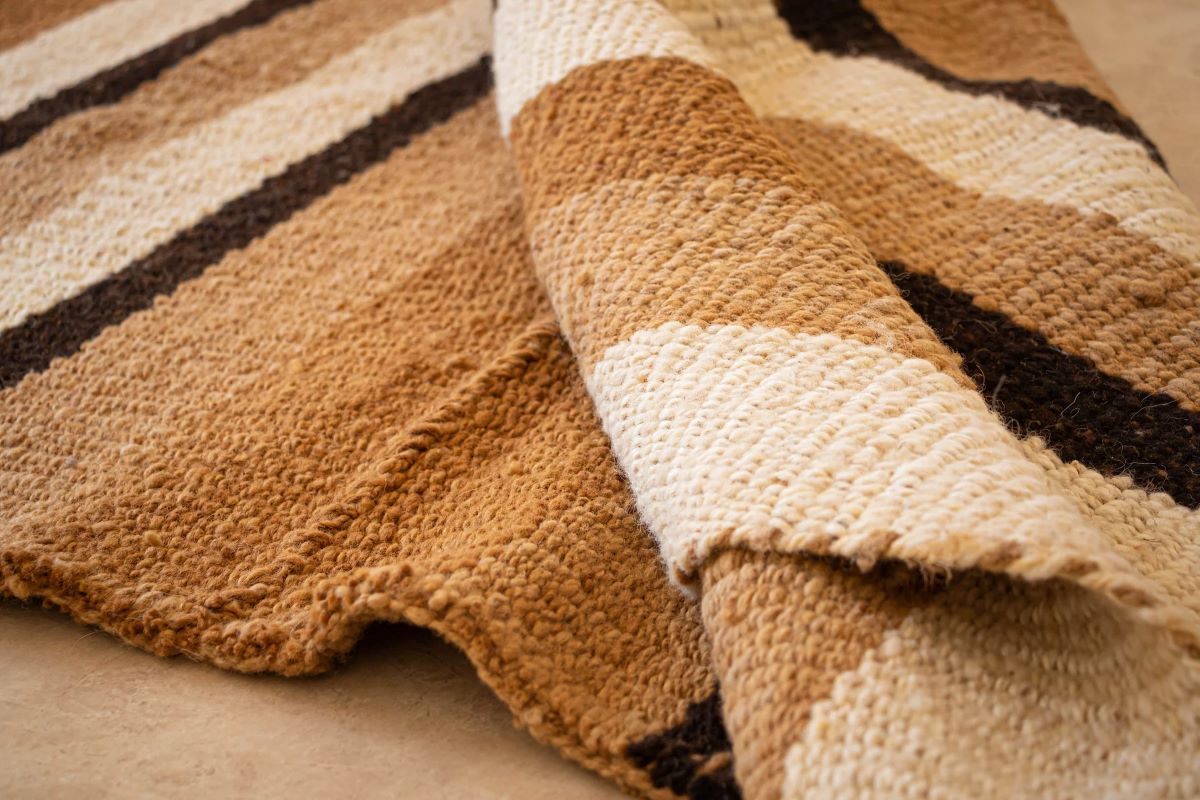
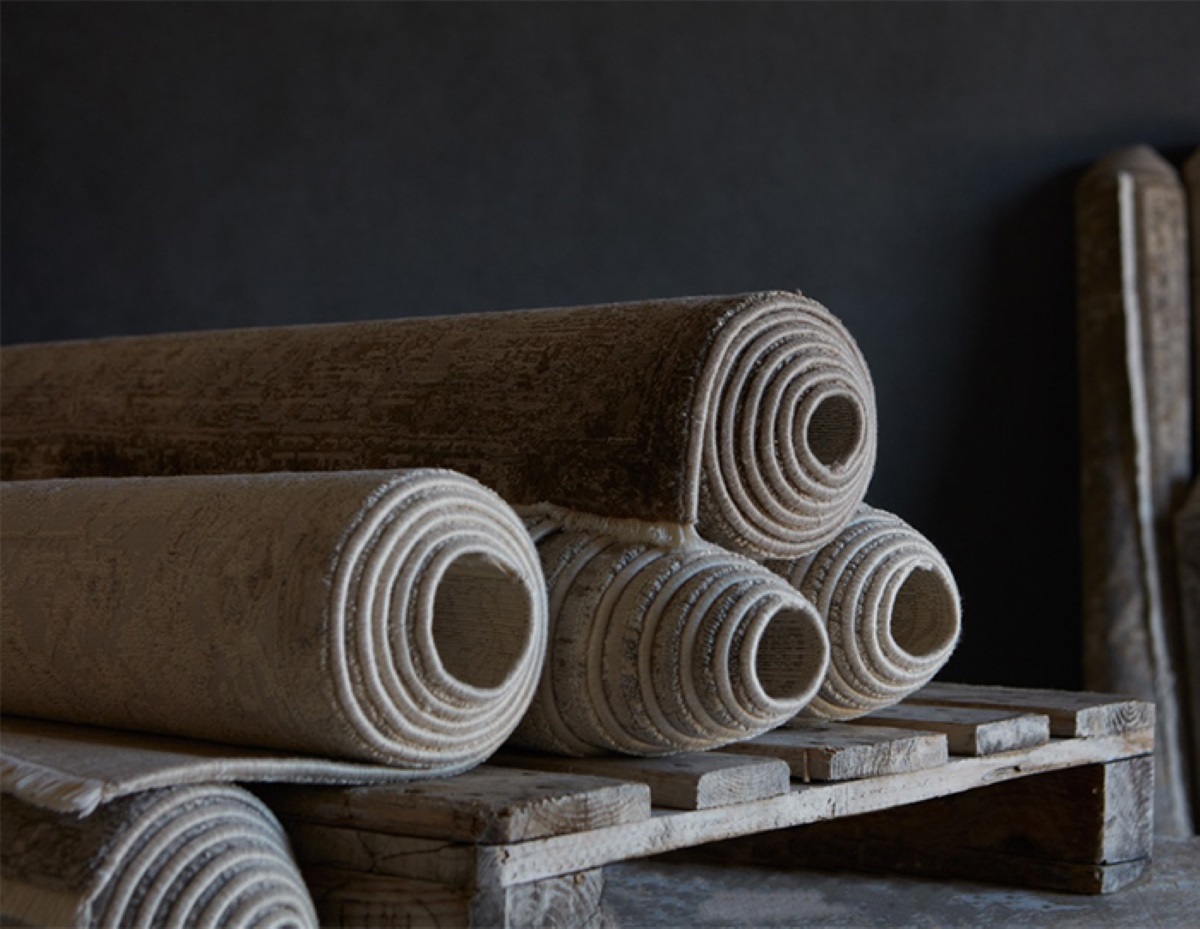

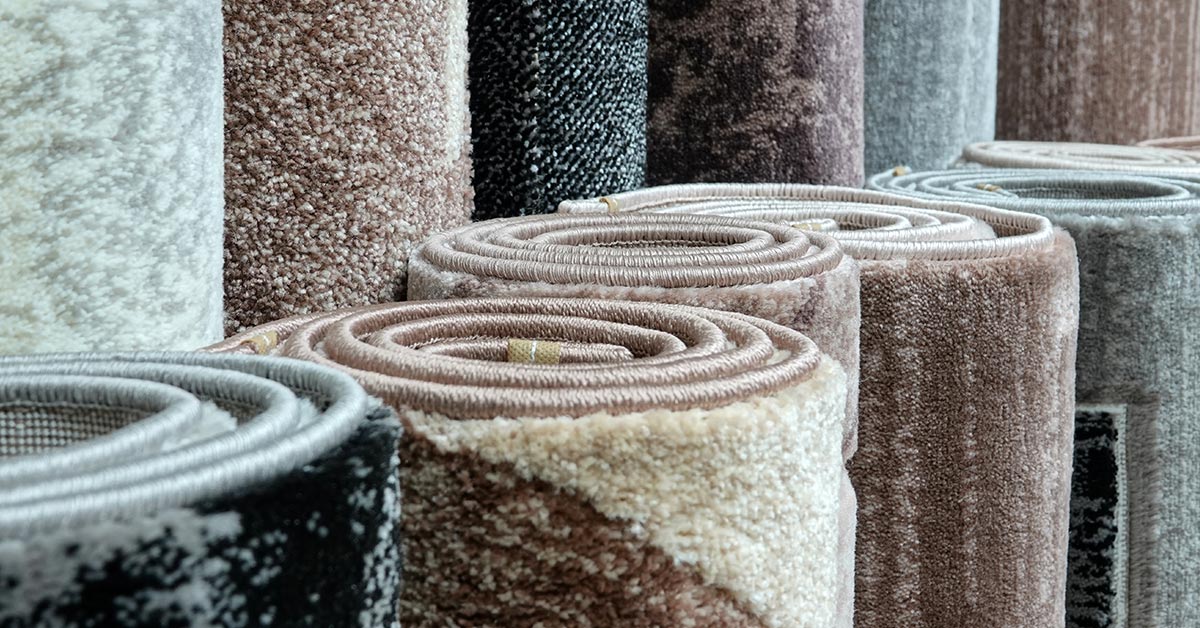
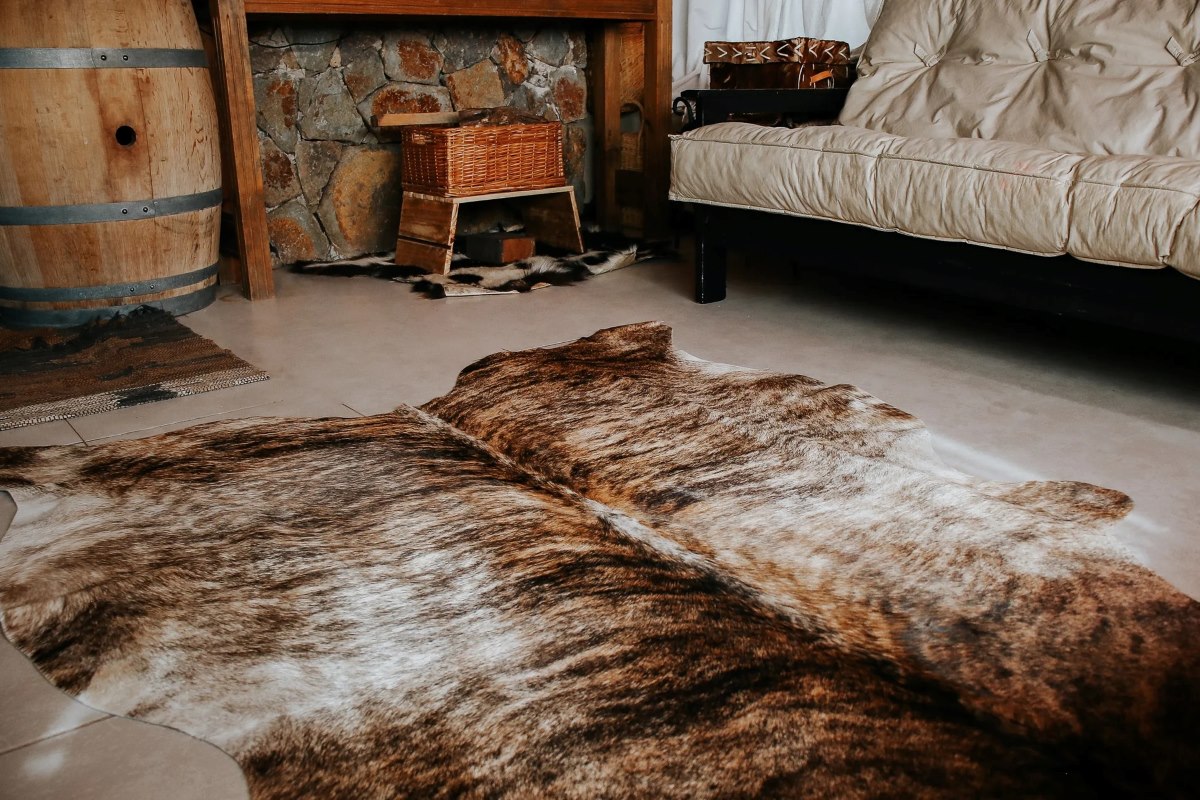
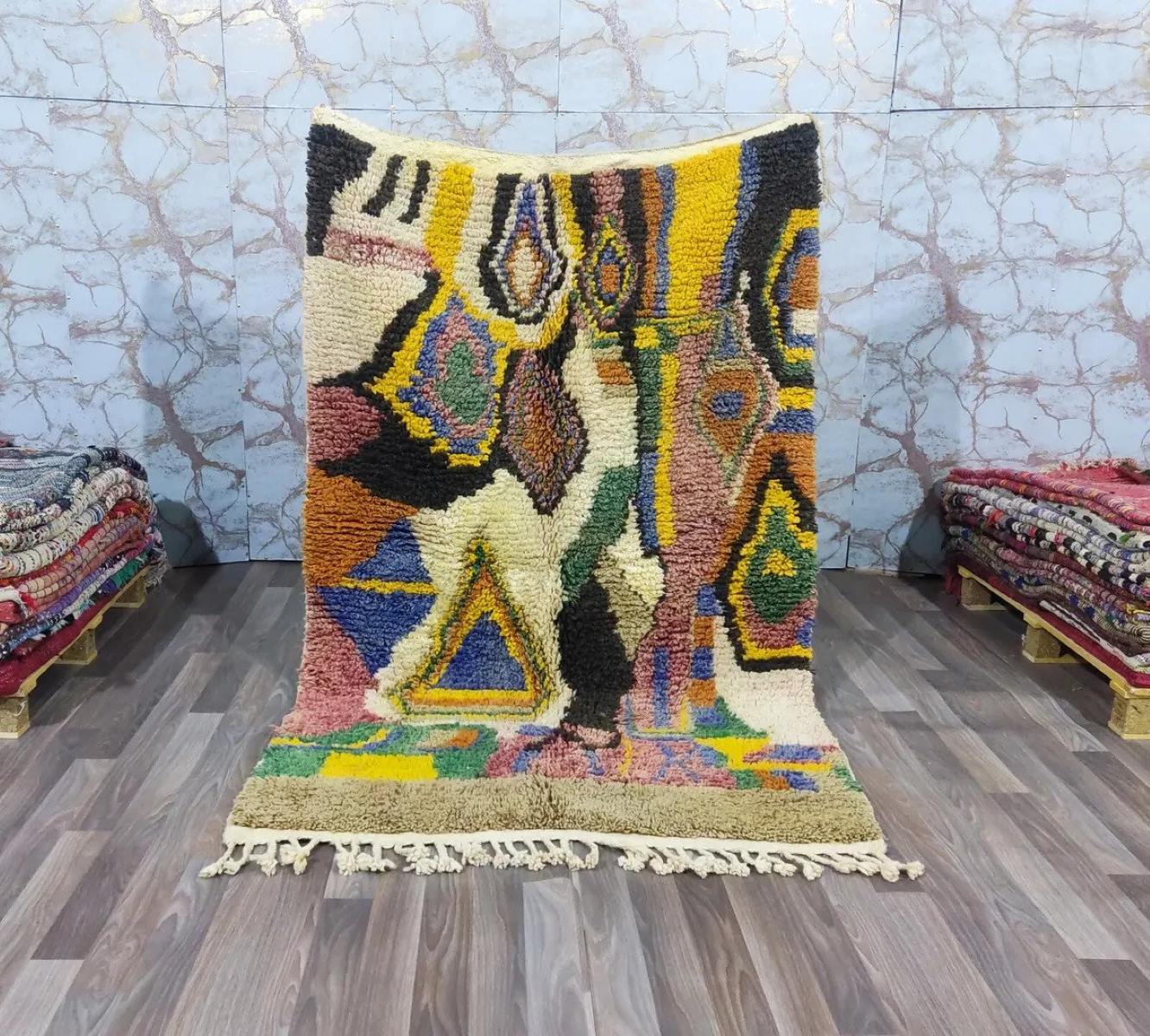
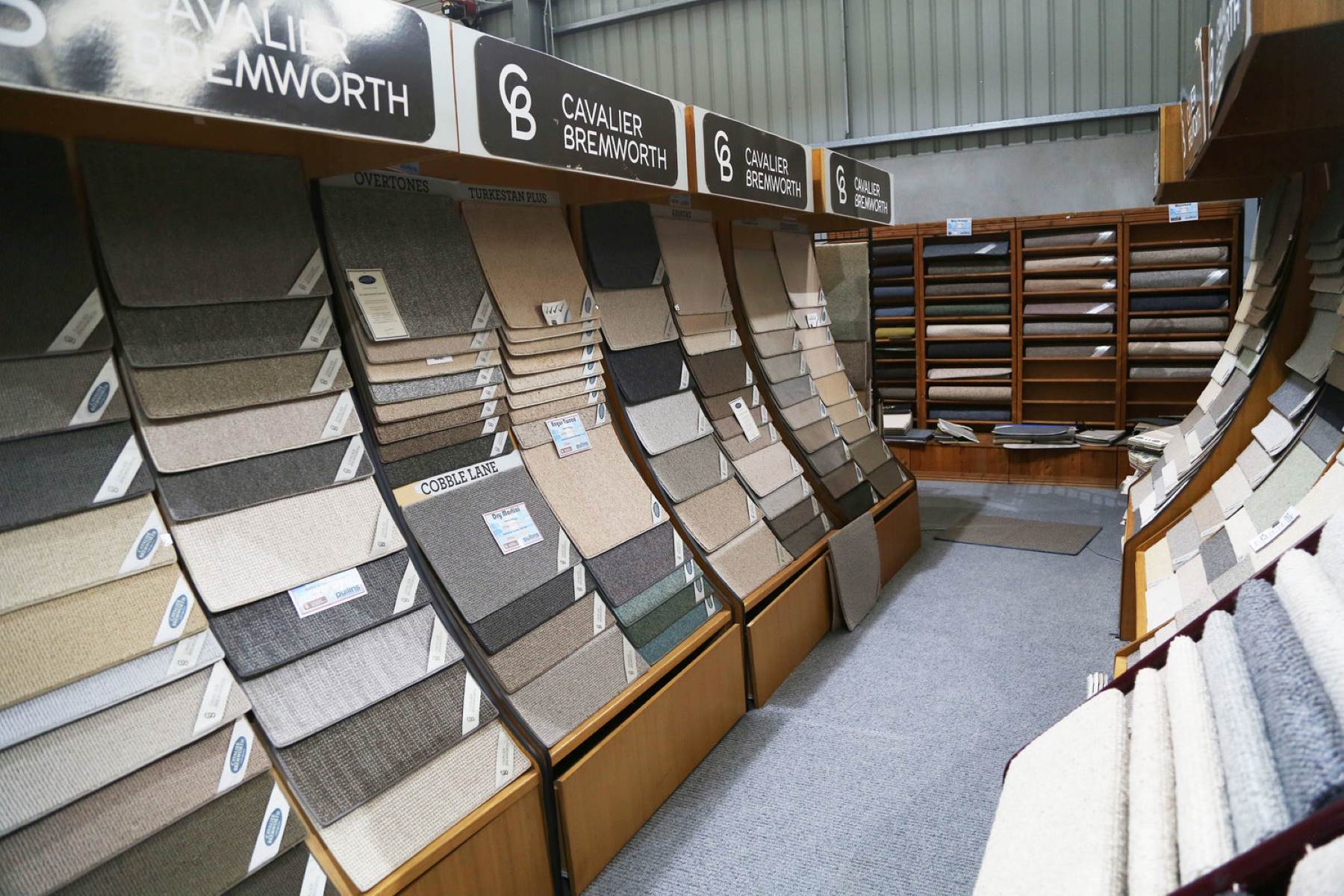

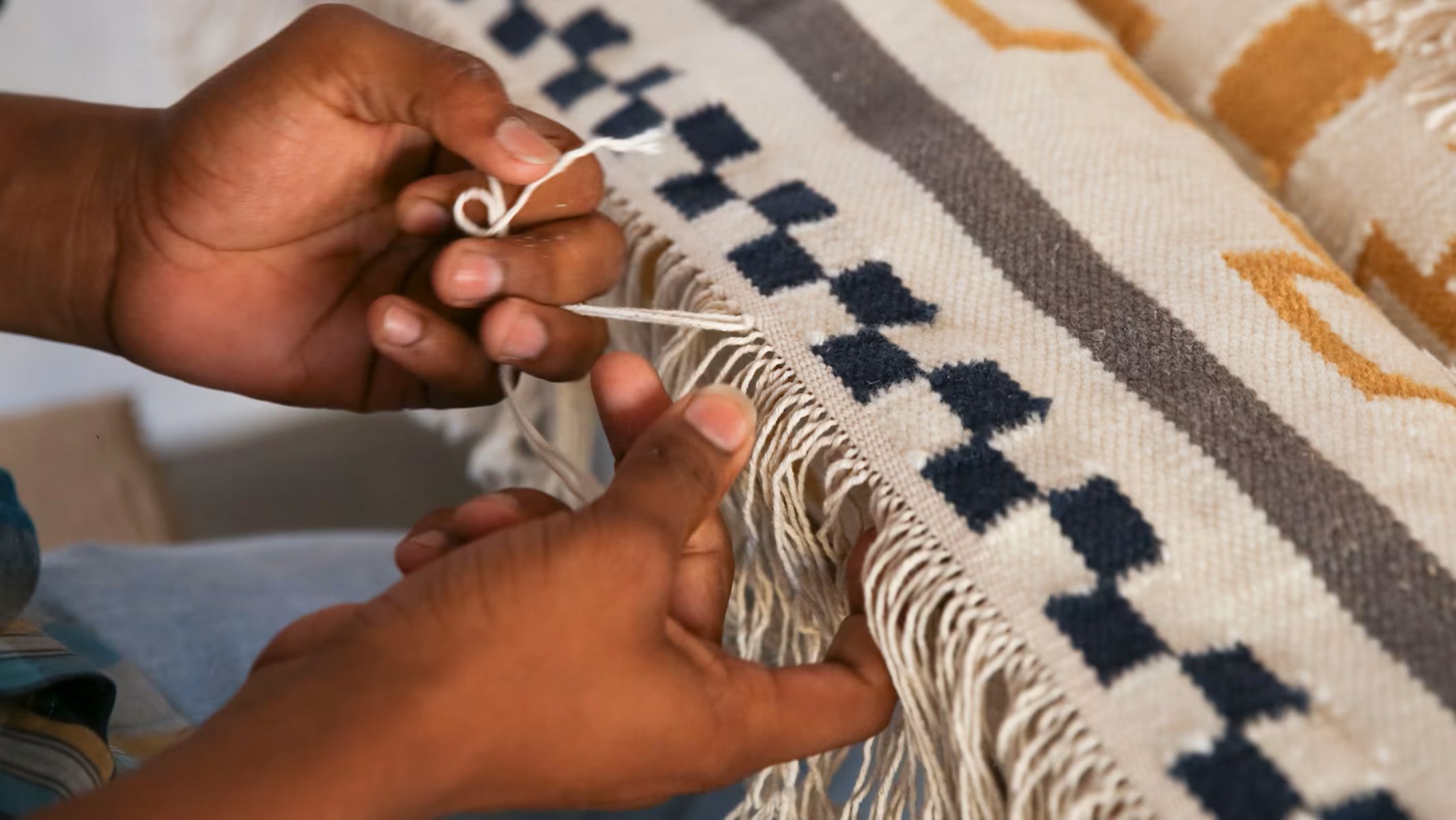

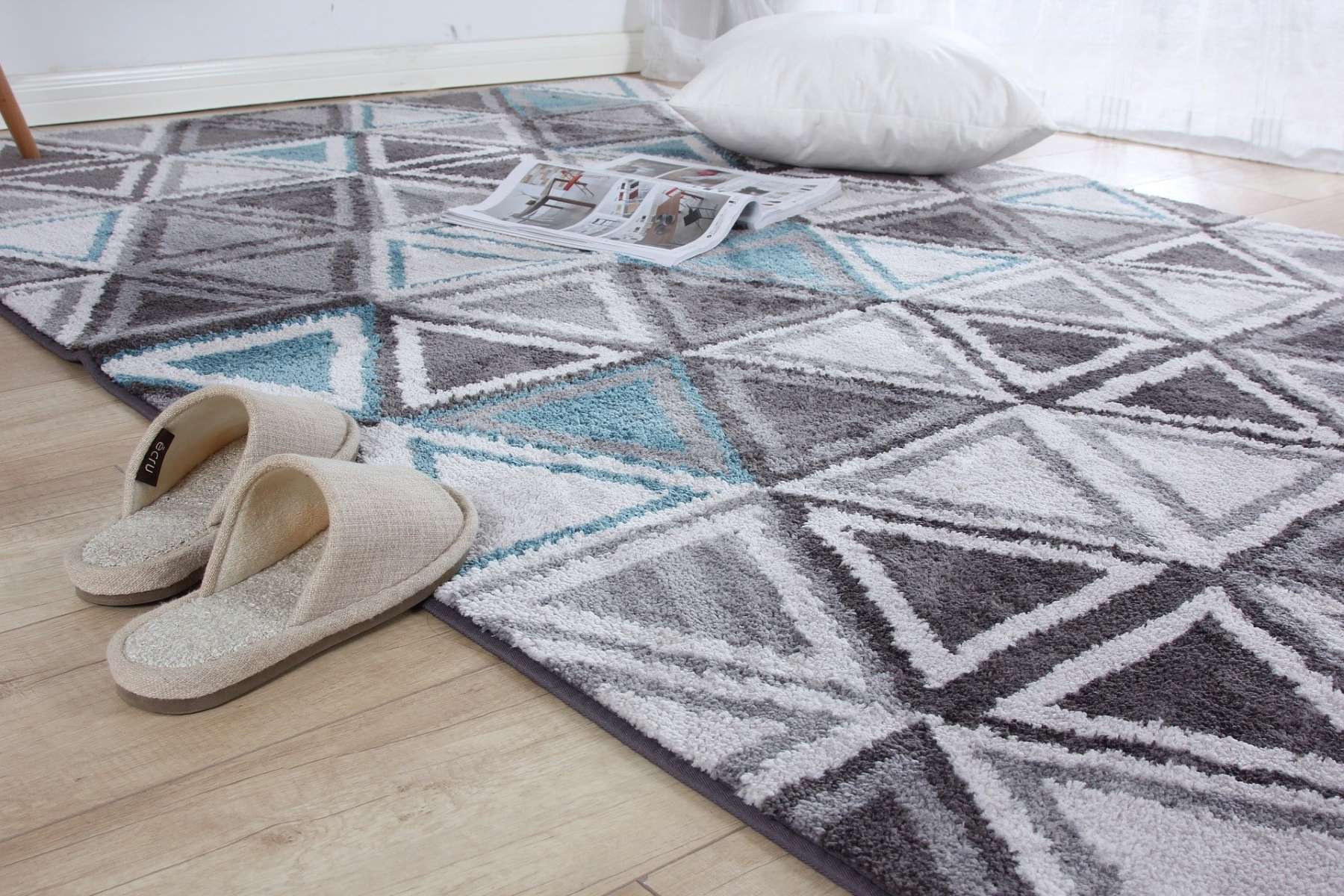

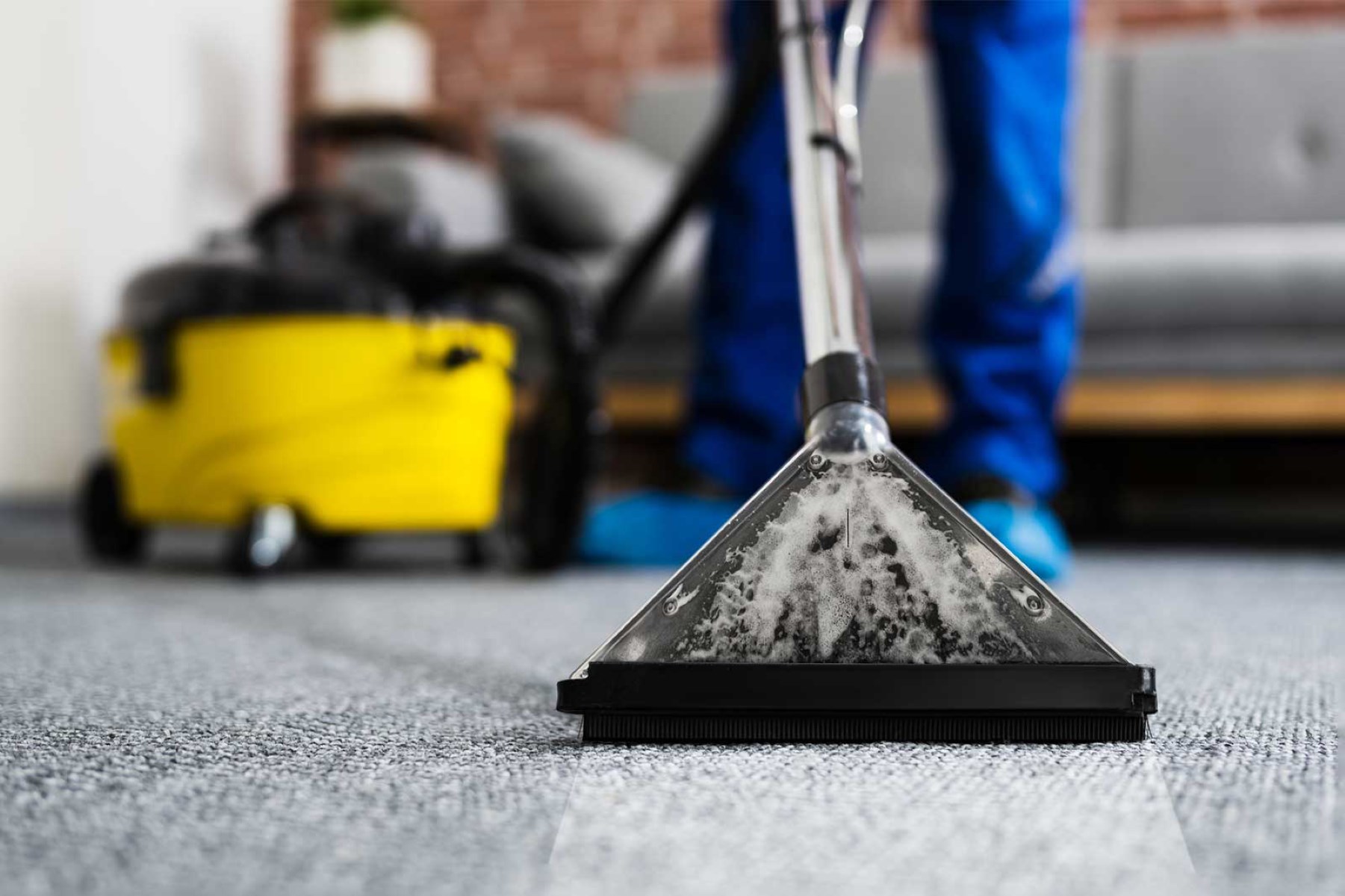

0 thoughts on “How To Store Rugs In Storage”